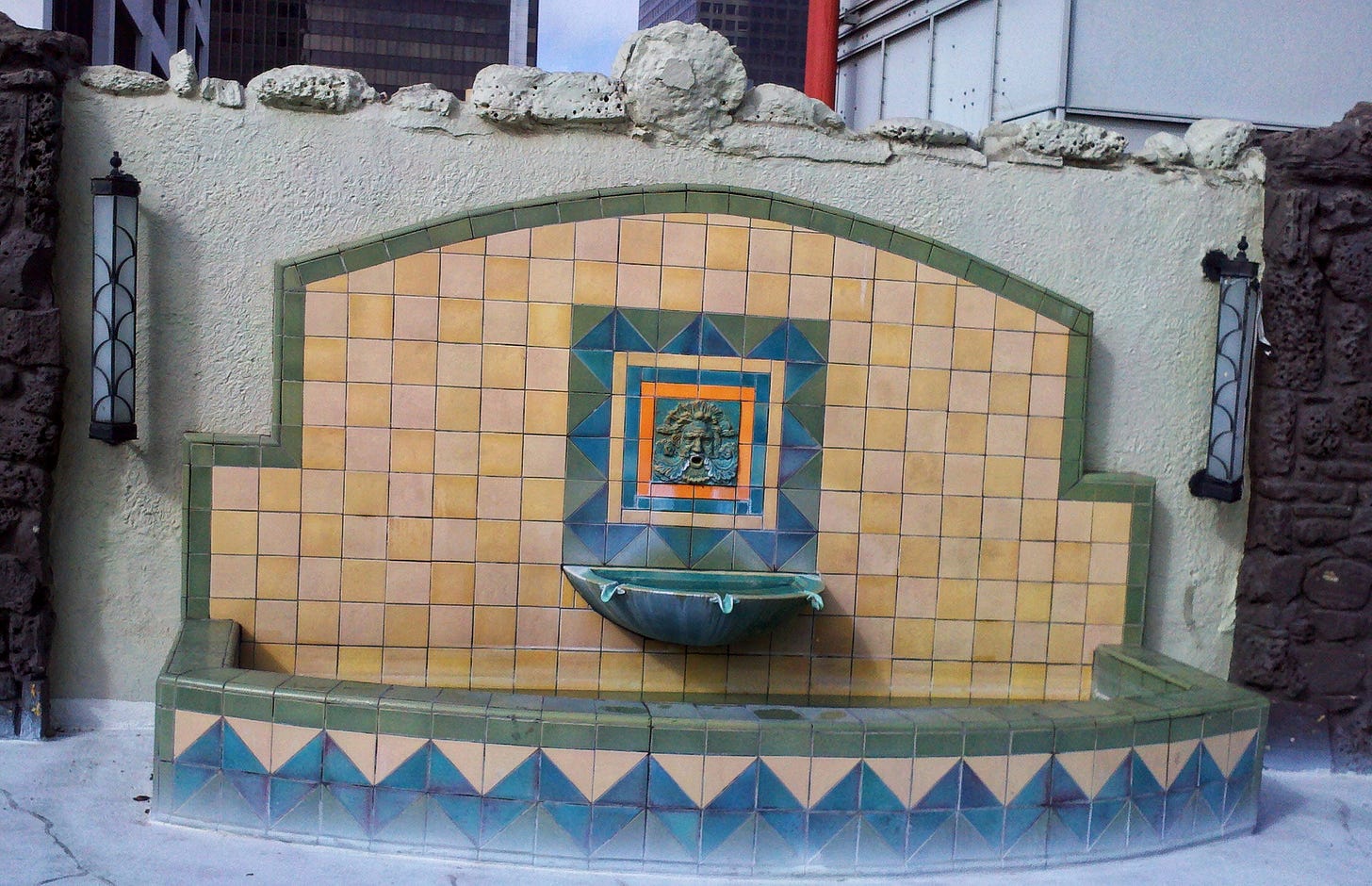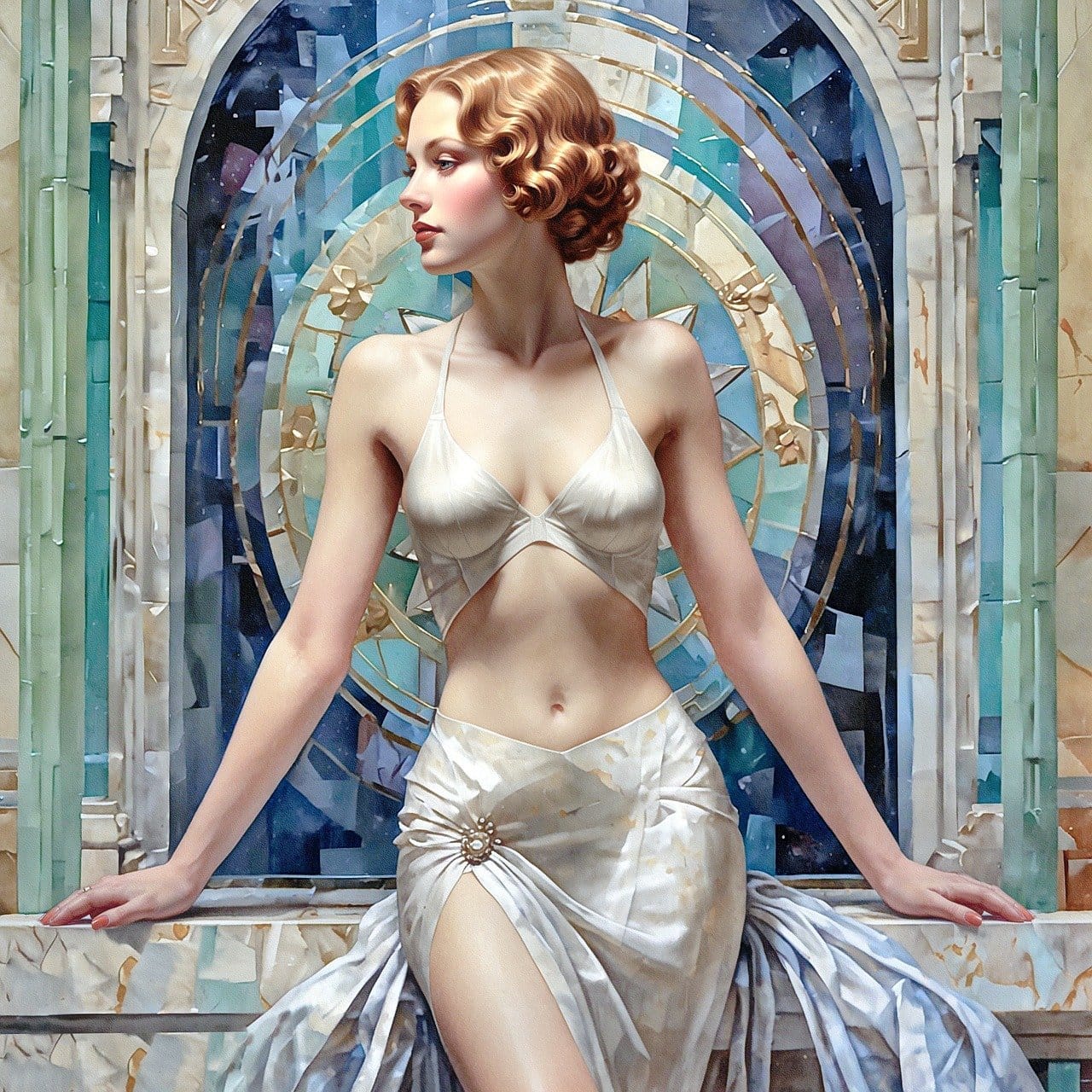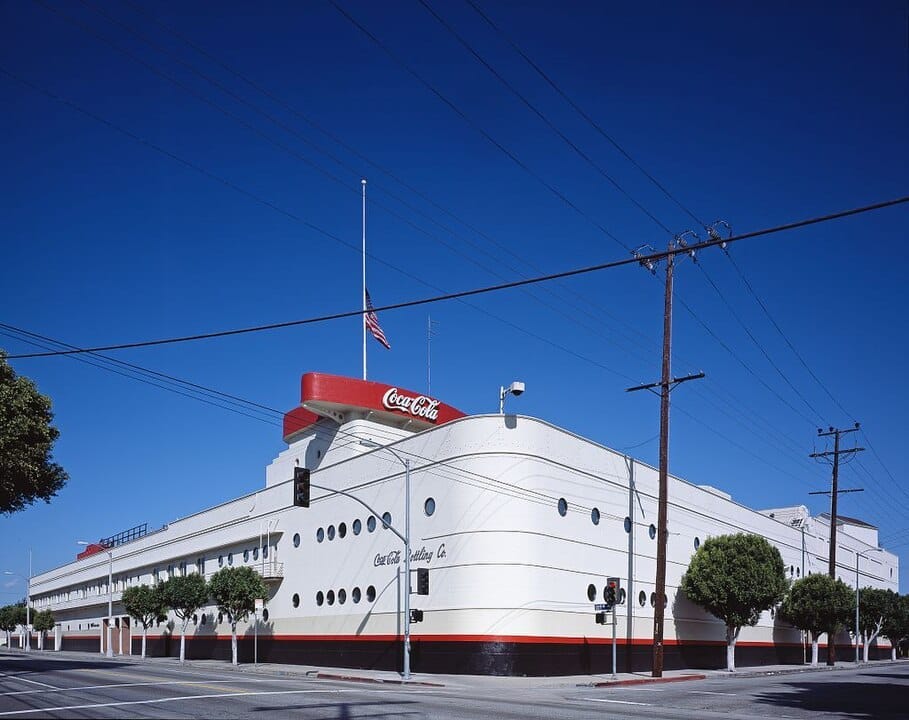Art Deco Gardens
Exploring Art Deco Gardens: A Glimpse into Early 20th Century Garden Design
Art Deco is a design style that dominated architecture and interior design during the 1920s and 1930s in the Western World. Art Deco is celebrated for its distinct geometric patterns, bold colors, and luxurious materials. While it's most famous for its influence on buildings and furniture, the Art Deco movement also influenced garden design.
Art Deco gardens are a successful blend of modernist and ornamental design, reflecting the optimism and innovation of the time. These gardens contrast and complement other styles of the early 20th century, such as Arts and Crafts, Modernist, and Neoclassical designs. In today's blog we explore how Art Deco gardens fit into the broader landscape of garden design during this era.
4 Defining Features of Art Deco Gardens
Geometric Patterns and Symmetry: Art Deco gardens often feature strong geometric shapes, such as zigzags, chevrons, and circles, reflecting the influence of modern architecture. Pathways are straight and structured, leading the eye to focal points like sculptures or water features.
Bold Color Palettes: While earthy tones such as green dominate most gardens, Art Deco landscapes often incorporate more adventurous color schemes, with vibrant tiled fountains, decorative concrete, and even colored gravel to create visual contrast.
Luxurious Materials: In keeping with the opulence of the times, gardens of this style frequently used expensive materials such as marble, bronze, and glass. Water features, pergolas, and seating areas were all designed to convey elegance and luxury.
Ornamental Elements: Art Deco gardens often include statues, fountains, and stylized plant arrangements. Natural planting patterns are a secondary foppcus of the design. Plants were chosen for their architectural value, common plants included yuccas, palms, or agaves.
Art Deco vs. Early 20th Century Garden Styles
Art Deco overlapped 3 other design movements: Arts And Crafts, Modernist and Neoclassic. Lets compare Art Deco to these 3 styles:
Art Deco vs. Arts and Crafts Gardens
The Arts and Crafts movement, which preceded Art Deco, was a reaction against industrialization. The movement favored handcrafted, natural materials and a return to traditional craftsmanship. Gardens in this style were informal and celebrated nature's untamed beauty.
In contrast, Art Deco gardens embrace industrial materials, sleek lines, and a more controlled aesthetic. While Arts and Crafts gardens blended seamlessly with their natural surroundings, Art Deco gardens often stood out as meticulously designed outdoor rooms, showcasing human ingenuity and a control over nature.
Art Deco vs. Modernist Gardens
The Modernist movement, developing alongside Art Deco, shared a similar fascination with innovation and geometry, but Modernist gardens were far more minimal.
The emphasis in Modernist gardens is on function and simplicity, with large expanses of open space, limited plantings, and a focus on materials like concrete and steel. Art Deco, though influenced by modernism, maintains a more decorative approach, valuing beauty and ornamentation as much as functionality.
"Streamline Moderne" is an offshoot of the modernist style and this has a lot of overlap with Art Deco's preference towards rounded and fluid shapes of it's architecture.
Art Deco vs. Neoclassical Gardens
Neoclassical garden design, with its roots in the Renaissance and classical antiquity, continued to influence early 20th-century landscapes, particularly in formal gardens attached to grand estates.
Neoclassical gardens were characterized by symmetry, grandiose sculptures, and fountains—features shared with Art Deco gardens. However, while Neoclassical design sought to evoke the past, Art Deco was forward-looking, reflecting the modern age of technology, jazz, and industrial design. The sleek, angular forms of Art Deco were a dramatic departure from the more romantic curves and classical references of Neoclassical gardens.
Key Elements to Incorporate in an Art Deco-Inspired Garden Today
For those looking to bring a touch of Art Deco into a modern garden, here are some elements to consider:
Geometric Layouts: Incorporate sharp lines, symmetrical planting beds, and angular walkways.
Water Features: Opt for a sleek, tiled fountain or a reflective pool with bronze or glass detailing.
Stylized Plant Choices: Choose plants with strong architectural forms, like cacti, succulents, and palms, to echo the sculptural nature of Art Deco design.
Decorative Accents: Add elements like Art Deco statues, ornamental gates, or stylized lighting fixtures to evoke the era’s aesthetics.
6 Examples of Art Deco Gardens
There are several notable Art Deco gardens open to the public, where visitors can experience the elegance and style of the era. Here are 6 noteworthy examples:
1. Eltham Palace Gardens (London, UK)
Eltham Palace is a prime example of Art Deco architecture and garden design. The gardens blend medieval ruins with 1930s Art Deco landscaping. The central courtyard features geometric patterns, structured lawns, and ornamental water features, all emblematic of the Art Deco style. Sculpted hedges and formal ponds add to the period charm, while a mix of exotic and traditional plants gives the garden a modern twist.

2. Villa Noailles (Hyères, France)
This villa, designed by modernist architect Robert Mallet-Stevens, is one of the earliest examples of modernist and Art Deco garden design. The garden features geometric layouts, stylized plantings, and terraces overlooking the Mediterranean. Its emphasis on clean lines, symmetry, and the use of tropical plants reflects the Art Deco movement's focus on both modernity and luxury.

3. Naumkeag (Stockbridge, Massachusetts, USA)
Naumkeag is a historic estate featuring a famous "Blue Steps" water feature and terraced gardens designed by landscape architect Fletcher Steele in the 1920s and 1930s. The Blue Steps, with their bold, streamlined design, curved handrails, and cascading water, are considered "quintessential Art Deco" by many fans of this era. The estate’s combination of classical and modern styles make it a unique destination for lovers of garden design.

4. Ranelagh Gardens at Palais de la Porte Dorée (Paris, France)
The Palais de la Porte Dorée, built for the 1931 Paris Colonial Exhibition, features gardens designed in a simplified Art Deco style. The garden’s symmetrical layout and the formal reflecting pools exemplify the era’s design preferences. Today, it provides a calm, elegant setting that reflects the cultural ambitions of the 1930s.

5. Napier’s Art Deco Gardens (Napier, New Zealand)
The seaside town of Napier is famous for its Art Deco architecture. Napier was rebuilt in an Art Deco style after a devastating earthquake in 1931. The city’s public spaces, including the Sunken Gardens and Marine Parade, reflect the Art Deco style, with geometric planting beds, fountains, and decorative walkways along the coast.

6. Miami Beach Botanical Garden (Miami, USA)
While more modern in origin, this garden in the heart of Miami Beach captures the spirit of the Art Deco era. The garden incorporates bold plantings, fountains, and Art Deco-influenced sculptures and structures, reflecting the area's famous 1930s architecture.
These public gardens provide beautiful examples of Art Deco's influence on landscape design and are worth visiting for anyone interested in this elegant and bold aesthetic.
Art Deco in the 21st Century
Art Deco gardens are a unique expression of the early 20th century's fascination with modernity, luxury, and design. While they share characteristics with other styles from the same period—such as the hand-crafted intimacy of Arts and Crafts or the minimalism of Modernism—Art Deco gardens stand apart for their bold geometric patterns, use of cutting-edge materials, and a sense of opulence. Today, these gardens continue to inspire designers looking to create elegant outdoor spaces that balance formality with creativity. Art Deco style gardens would seem out of place in 2024 as we are more preoccupied with waste and more efficient use of materials.
Whether you're transforming your garden into a lush Art Deco escape or simply borrowing elements from the era, it's a style that celebrates both human innovation and the joy of beautiful design. Just try to recycle the opulent materials if you decide to recreate a 1930s style art deco garden in 2024.






